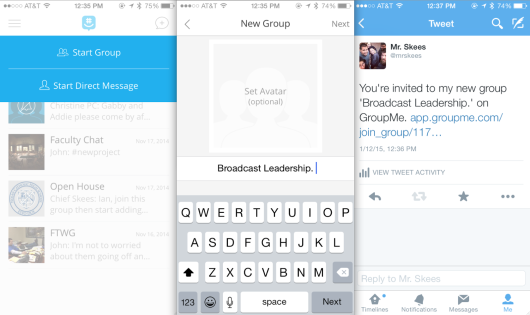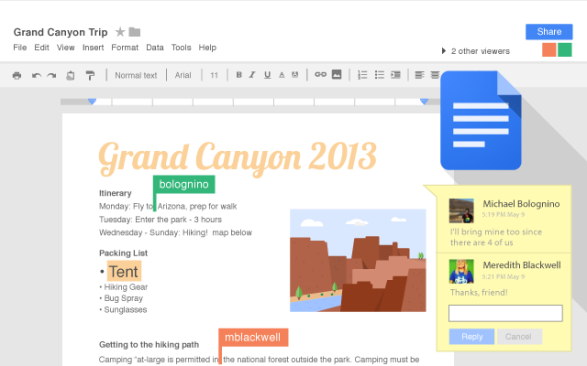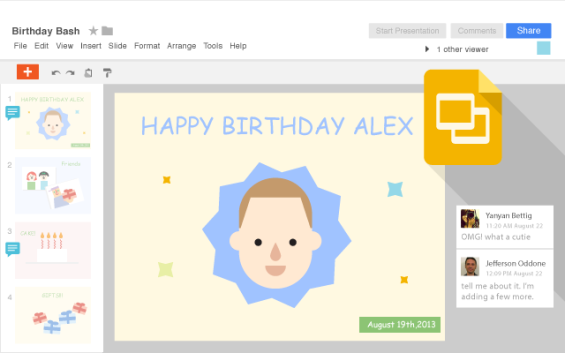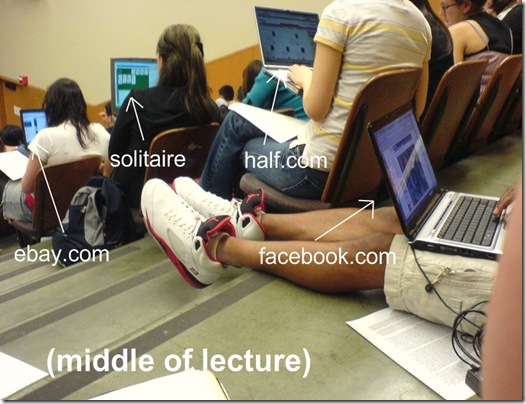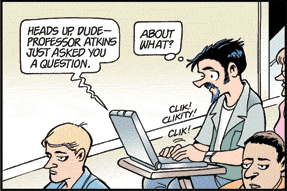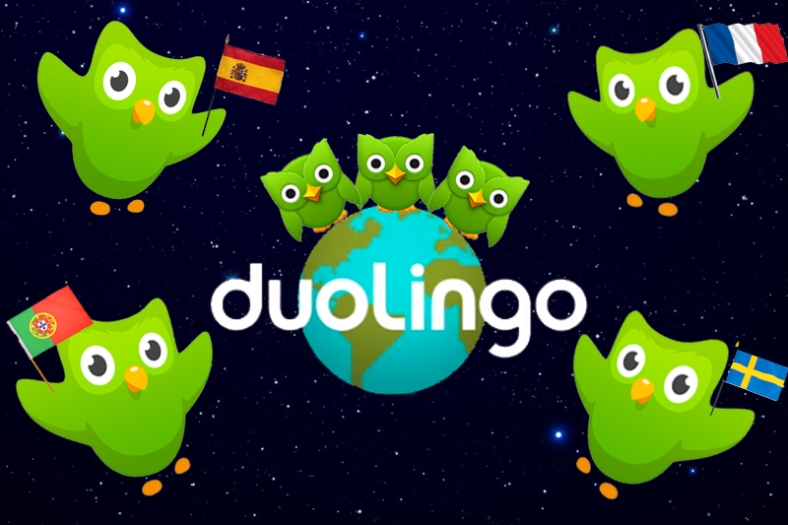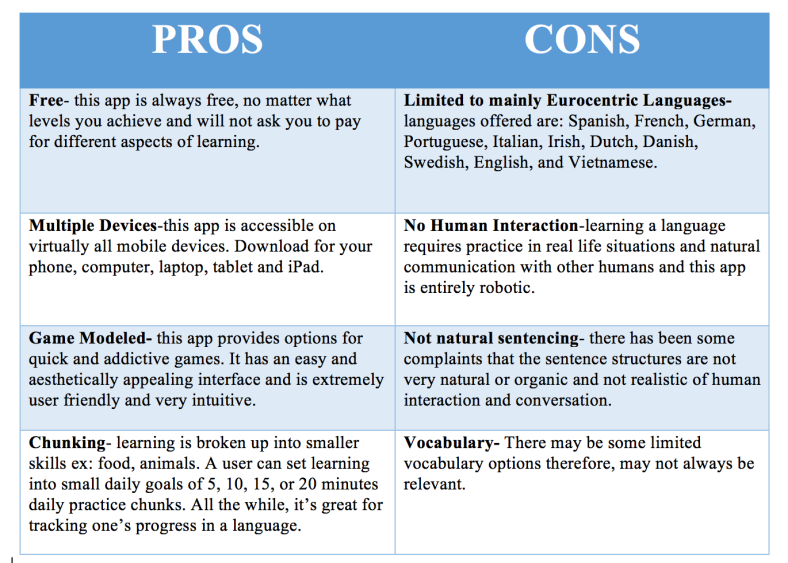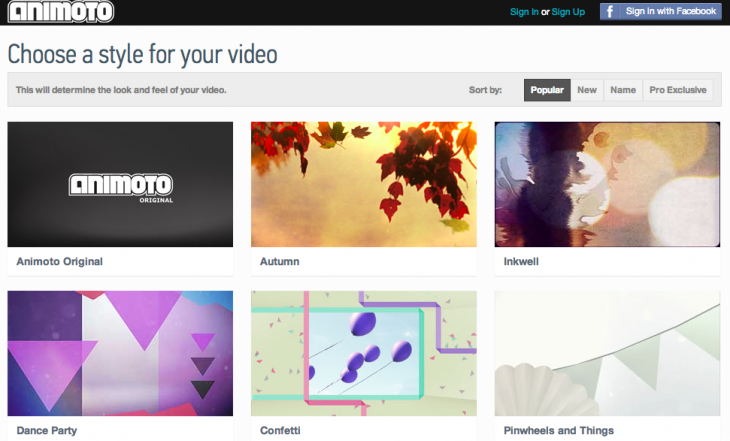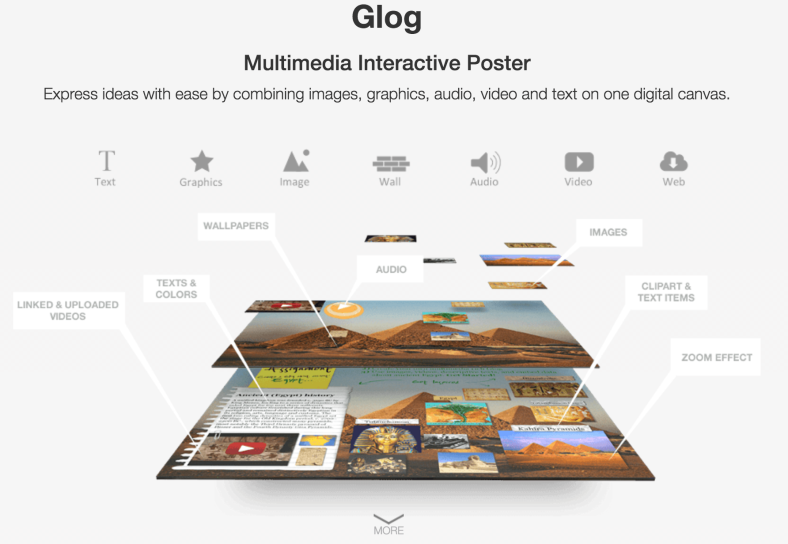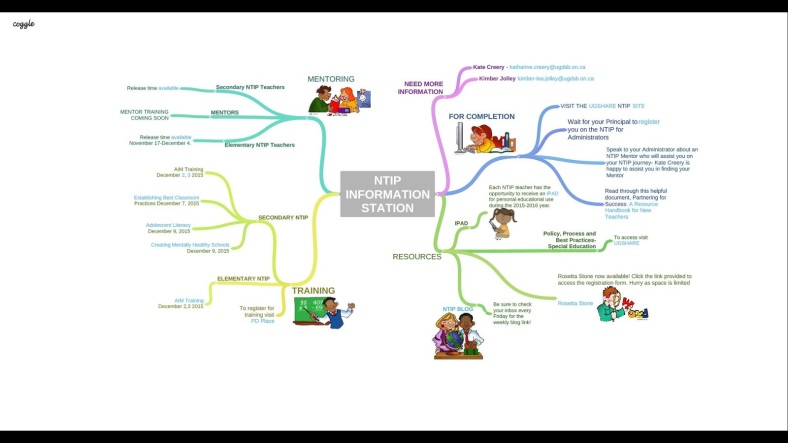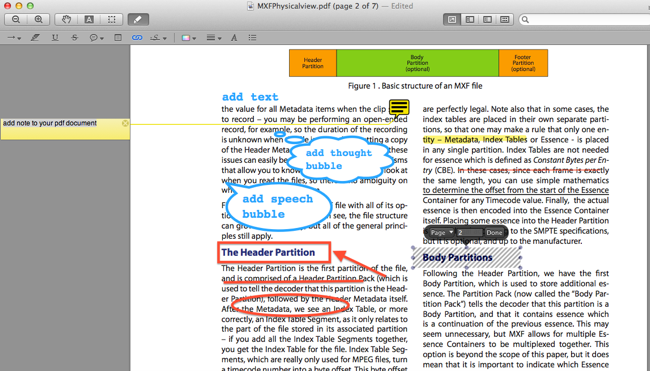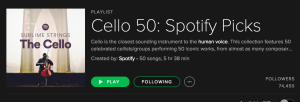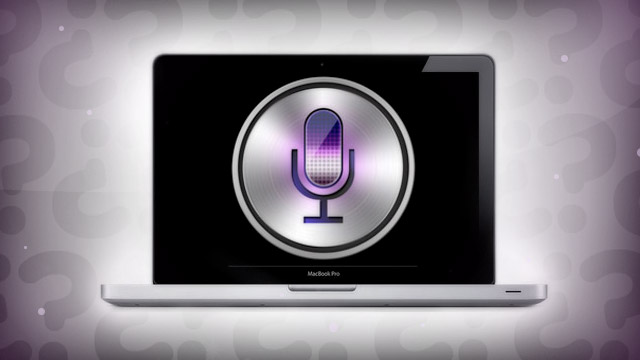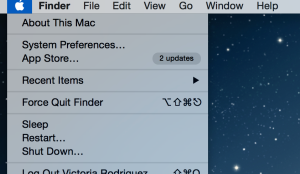With readings days fast approaching and finals week close behind, we are all struggling at the end of the semester to find motivation for this last push before the summer break. Ugh, why can’t it be here already? If you’re like me right now, who is so close to feeling burned out, finding the patience and determination to stay focused on small or large tasks seem daunting and unrealistic. One method that I have heard and used as a great strategy for those with short attention spans or low drive would include The Pomodoro Technique, also more simply and commonly known as The Tomato Method.
This time management technique was developed in the 1980s by Francesco Cirillo. It’s super easy to implement and can increase productivity when doing tasks. Look at it this way: it’s like you have to run miles and miles to get to your destination, but with the Tomato Method, you accomplish this by doing many sprints with short breaks in between. That way you don’t just procrastinate and give up at the beginning of the line. There are tasks when we can just fly through them, but others times, its just such a drag. In a way, this technique is a lot like chunking your time and task. Check out this short 2 minute video that explains how to get started. Here is a quick summary on how to it all works: 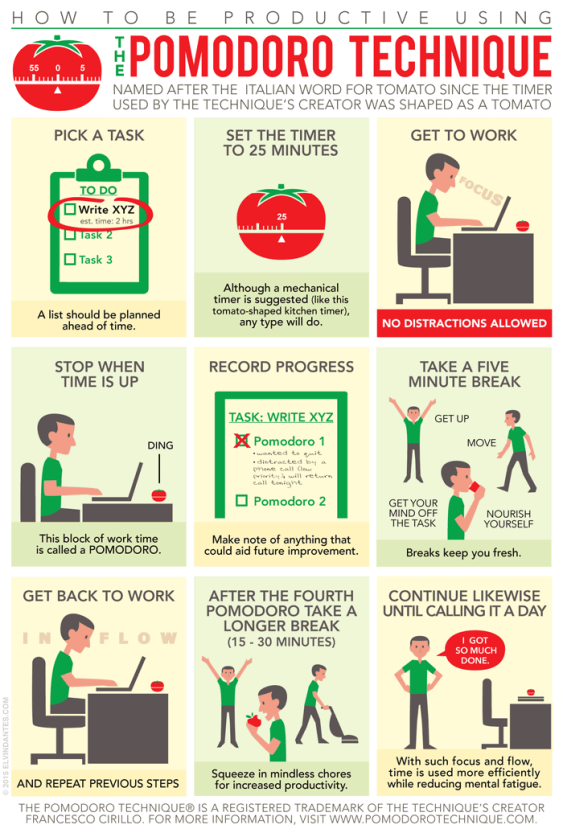
If you want to use some other websites or other apps on your tech besides a simple time keeper, here’s a list from LifeHacker.com that might be useful as well:
- Marinara Timer (Web) is a webapp we’ve highlighted before that you can keep open in a pinned tab. You can select your timer alerts so you know when to take a break, or reconfigure the work times and break times to suit you. It’s remarkably flexible, and you don’t have to install anything.
- Tomighty (Win/Mac/Linux) is a cross-platform desktop Pomodoro timer that you can fire and forget, following the traditional Pomodoro rules, or use to customize your own work and break periods.
- Pomodorable (OS X) is a combination Pomodoro timer and to-do app. It offers more visual cues when your tasks are complete and what you have coming up next, and it integrates nicely with OS X’s Reminders app. Plus, you can estimate how many pomodoros you’ll need to complete a task, and then track your progress.
- Simple Pomodoro (Android) is a free, open-source timer with a minimal aesthetic. Tap to start the timer and get to work, and take your breaks when your phone’s alarm goes off. You can’t do a lot of tweaking to the work and break periods, but you get notifications when to take your breaks and when to go back to work, and you can go back over your day to see how many Pomodoros you’ve accomplished over the day. It even integrates with Google Tasks.
- Focus Timer (iOS) used to be calledPomodoroPro , and is a pretty feature-rich timer for iPhone and iPad. You can customize work and break durations, review your work history to see how your focus is improving, easily see how much time is left in your work session, and the app even offers a star-based rating system to keep you motivated. You can even customize the sounds, and hear the clock ticking when you lock your phone so you stay on task.
Say “bye bye procrastination!” with this technique. Try it out! Or come into Weingarten to try it out with a Learning Instructor.
Staff Writer: Victoria Singh Gill


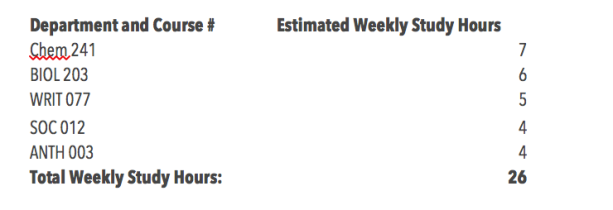
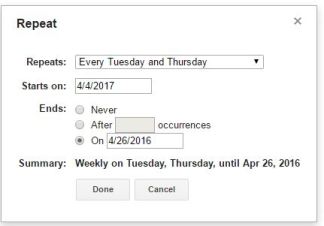
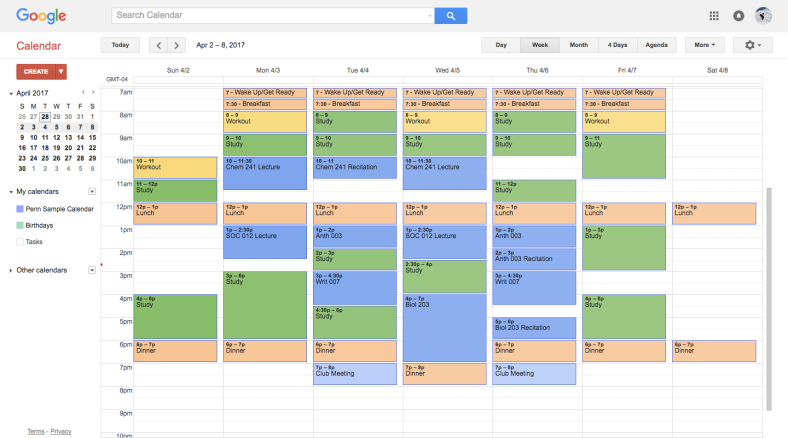
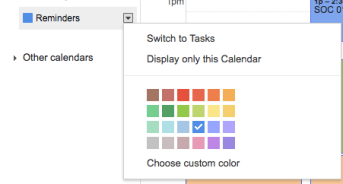 If you’re using Google Calendar for your scheduling, I highly recommend using the integrated Google Tasks function along with the calendar. It is somewhat limited in that tasks are only available on the desktop version and not the app, but the seamless integration is worth the minor inconvenience. By default, Google Calendar integrates “reminders” in place of tasks. To use tasks to you have to click the small triangle next to the reminders option and choose “switch to tasks” as seen in the screenshot above. Once you switch to tasks you can now add a task either by adding an item to the task list on the left-hand side or to a specific day. To add a task to a specific day, click on the day the same way you would to add an event and you’ll see an option to switch from event to task in the create an event popup widget.
If you’re using Google Calendar for your scheduling, I highly recommend using the integrated Google Tasks function along with the calendar. It is somewhat limited in that tasks are only available on the desktop version and not the app, but the seamless integration is worth the minor inconvenience. By default, Google Calendar integrates “reminders” in place of tasks. To use tasks to you have to click the small triangle next to the reminders option and choose “switch to tasks” as seen in the screenshot above. Once you switch to tasks you can now add a task either by adding an item to the task list on the left-hand side or to a specific day. To add a task to a specific day, click on the day the same way you would to add an event and you’ll see an option to switch from event to task in the create an event popup widget. 

